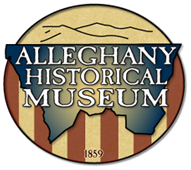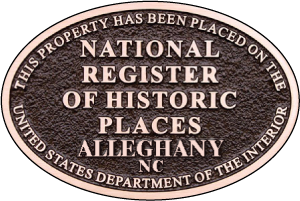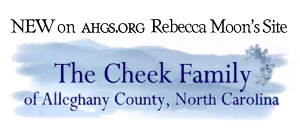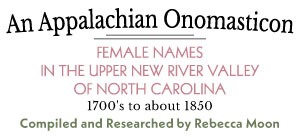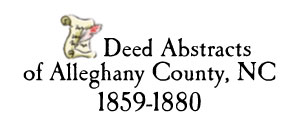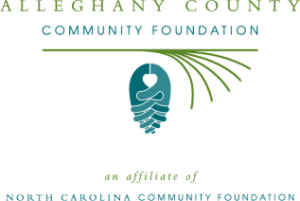Text from this post is an article from the September 6, 1938 edition of the Bristol News Bulletin about the dedication of the R.A. Doughton Bridge on US Highway 21, just south of Independence in Virginia. At the event, officials unveiled a bronze plaque, commemorating Lt. Governor Doughton who was former head of the NC highway commission. The plaque was removed when the bridge was torn down and replaced in 1989. It is now in the Alleghany Historical Museum, donated by the Woodruff family.
Big Crowd At Road Program
Bridge over New River is Dedicated to Rep. Doughton, Carolina

(Photo from History of Alleghany County 1859-1976)
WYTHEVILLE, Va. Sept. 6 (AP)—
Virginia, West Virginia and North Carolina joined hands yesterday morning at the dedication of Doughton Memorial Bridge over New River near Independence and again yesterday afternoon at a barbecue and celebration of the recent completion of a link in the Lakes-to-Florida highway. The new stretch of hard-surfaced road joins Wytheville and Independence.
Some 2,000 persons attended the exercises at the bridge when the span, located in Virginia a few hundred yards from the North Carolina line, was dedicated to R. A. Doughton, former chairman of the North Carolina highway commission and former lieutenant-governor of that state.
Governor Clyde Hoey of North Carolina, in praising Doughton, said it is a “unique fact that the bridge was built in Virginia with the aid of North Carolina funds and that the span was being named for a North Carolinian.” North Carolina contributed half of the $100,000 spent in construction of the bridge.
Commenting on the friendship which exists between Virginia and North Carolina and on the administration of governmental affairs of the two states, Hoey suggested that “others come to Virginia and North Carolina to see how a government ought to be run and how the people ought to be served.”

Crowd gathers before the event. 
During the event, after unveiling the bronze plaque. 
Doughton with Governor and Mrs. Hoey on the platform.
Two and three are from the Ashe County Public Library collection at Digital NC site.
Former Governor Trinkle Speaks
Former Governor E. Lee Trinkle, of Roanoke, who dedicated the bridge, praised Virginians, West Virginians and North Carolinians who have worked for completion of route 21 in Grayson and Wythe counties for some 15 years.
A bronze marker at the south entrance to the bridge on which was inscribed the following:
“Dedicated to R.A. Doughton
Built in 1927“
In his response to the dedicatory speech, Doughton said, “I regard this as the greatest moment of my life and I want to thank the Virginians who made this bridge possible.” The structure was built in 1927 but its dedication was postponed until the road between here and Independence was hard-surfaced.

Donated to Alleghany Historical Museum by the Woodruff family.















